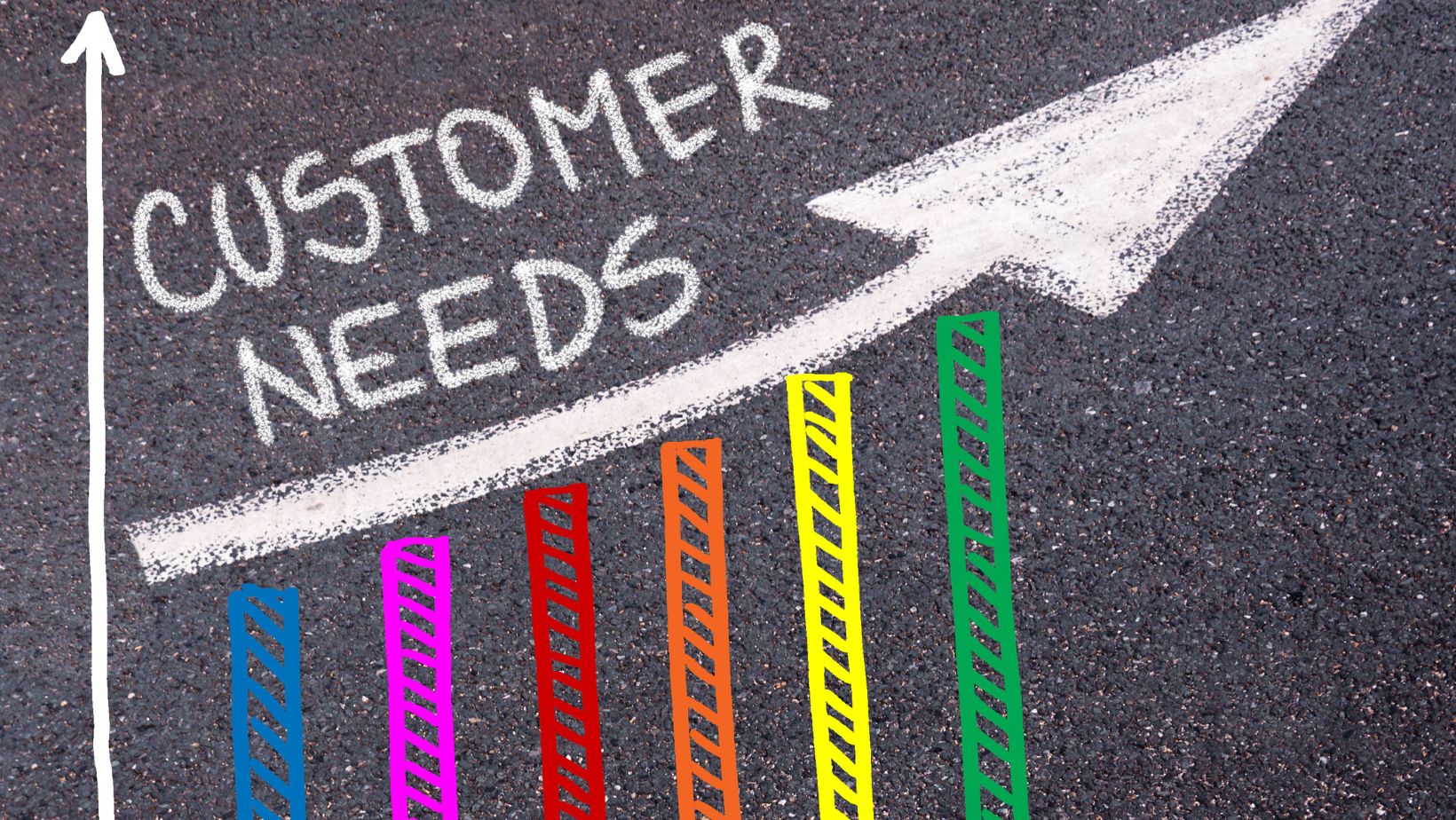
Users Needs
When it comes to developing products or services, understanding Users Needs is the foundational element for success. Without insight into what users truly require, businesses risk creating solutions that don’t resonate, fail to meet expectations, or even fall short of solving real-world problems. This article explores the importance of identifying and addressing Users Needs, and how businesses can use this knowledge to drive innovation, improve customer satisfaction, and ultimately thrive in competitive markets.
Users Needs refer to the requirements, desires, and problems that customers have, which a product or service can address. These needs can be functional, emotional, or social, and they often evolve over time. Functional needs might include the practical aspects of a product, such as ease of use or reliability. Emotional needs could involve creating a sense of security or joy through the product experience. Social needs might revolve around connection, status, or belonging that a product can facilitate.
Understanding these needs requires careful research and a willingness to listen to customers at every touchpoint. It’s not just about gathering data—it’s about interpreting it effectively and designing solutions that truly make a difference in users’ lives.

Types of Users Needs
- Functional Needs
These are the practical and utilitarian needs that a product or service must meet. For example, a smartphone must have the ability to make calls, access apps, and offer reliable performance. Functional needs are often the most straightforward and can be assessed through usability testing, customer feedback, and market research. - Emotional Needs
Emotional needs go beyond basic functionality and tap into the feelings users want to experience when using a product. For instance, a luxury watch might meet the emotional need for status or accomplishment. Or, a fitness app might create an emotional connection by making users feel motivated and empowered. Emotional needs can be harder to quantify but are crucial for creating deeper user engagement. - Social Needs
In the digital age, social needs have become a significant factor in many product designs. Social needs may involve the desire for connection, sharing experiences, or achieving recognition. Products that allow users to engage with one another, such as social media platforms or collaborative tools, meet these needs. Understanding the social drivers behind a product can help companies enhance user experiences and foster communities. - Aspirational Needs
Aspirational needs are linked to the ambitions or desires that users have for self-improvement or success. For example, users may seek a personal finance app to help them save money and achieve financial independence. Meeting these needs often involves offering users tools that help them progress towards their goals, whether personal, professional, or social.

Addressing Users Needs Through Design
Once Users Needs are understood, the next step is to incorporate them into the product or service design. This process typically involves:
- Iterative Design: Continuously refining the product based on user feedback and testing to ensure it aligns with their needs.
- Prototyping: Developing early-stage prototypes and conducting user testing to validate whether the design meets Users Needs before launching.
- Personalization: Offering customizable features that allow users to tailor the product to their specific needs, enhancing their overall experience.
- Simplification: Reducing complexity in the product, making it more intuitive and user-friendly.
User feedback plays a pivotal role in shaping products and services. Regularly collecting feedback, whether through surveys, user testing, or social media listening, helps ensure that products continue to evolve in line with users’ changing needs. Incorporating user feedback into updates and future iterations is essential for keeping products relevant and competitive.
Understanding and addressing Users Needs is not a one-time task; it’s an ongoing process. As markets change, technology evolves, and user preferences shift, businesses must stay vigilant and continuously adapt their products and services. By placing Users Needs at the center of the design and development process, companies can create products that not only solve problems but also foster loyalty, satisfaction, and long-term success. The key to growth lies in building solutions that matter to users and make their lives better, easier, and more fulfilling.
